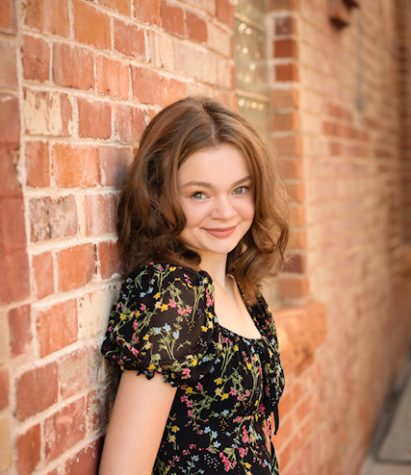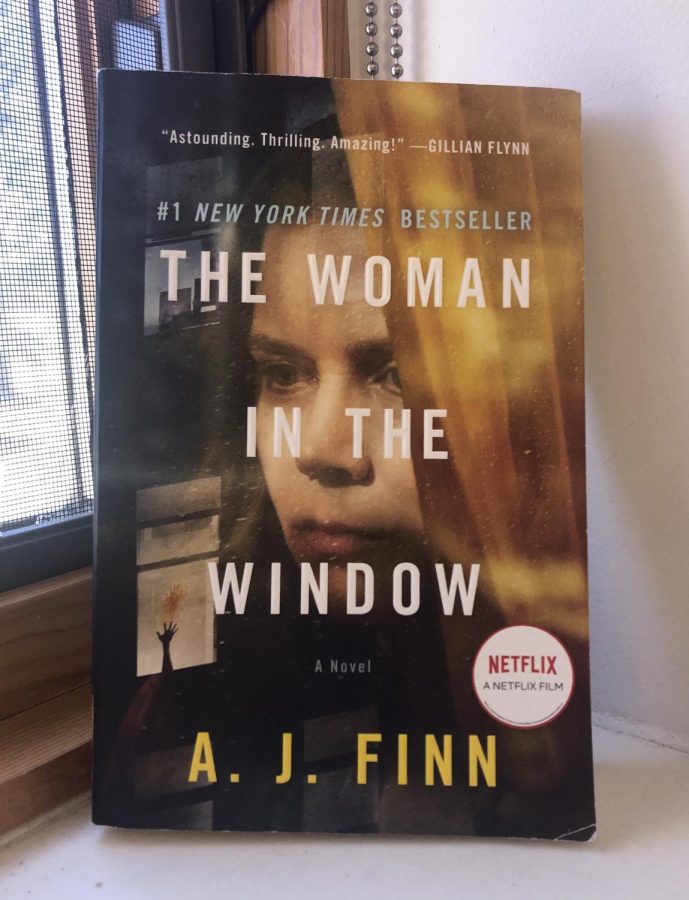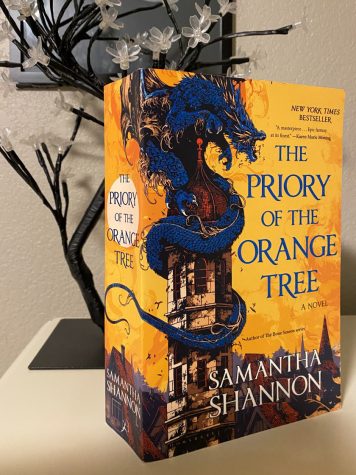The Woman in the Window: Book versus movie
One of my favorite psychological thrillers, The Woman in the Window is a story best told in words.
Sitting in an airport in Houston, I began reading a book that would soon become my favorite novel. The Woman in the Window by A.J. Finn follows agoraphobic Anna Fox, whose mysterious past has caused her fear of going outside, as her mundane life is changed forever and her dark past is brought to the surface.
The story is told in first person narration, and the perspective causes the readers to feel as though they are living the story with Anna. As a result, the reader’s emotions flow in tandem with the feelings of Anna, making the book entirely immersive.
The slow revelations of Anna’s past are perfectly weaved into the events of the present to add necessary depth and understanding to her experience. The plot twists in this book had me absolutely stunned. Never have I been so surprised by the events in the novel.
Naturally, I was extremely excited to find out that there was a movie adapted from my favorite book. The movie, also titled The Woman in the Window, is on Netflix, and I excitedly sat down with a friend of mine to watch it. My high expectations were, unfortunately, let down.
One of my favorite aspects of the book was its ability to tackle the challenging subjects of post traumatic stress disorder (PTSD), addiction, and depression. The dark tone that the book has is perfect at capturing how it feels to experience these things.
The movie, however, felt far more light-hearted, and did not have as much of a focus on the effect of these things on Anna. The attempts at displaying Anna’s struggle lost the same emotional impact because of a lack of inner dialogue.
As disappointed as I was, I did not blame the way the film was made, I blamed the fact that it had been made at all. I now believe that a story that depends so heavily on the inner thoughts and emotions of the main character cannot be replicated in a movie format.
So much of the story happens inside Anna’s head, and because of this, a great deal of depth was lost. The movie felt more like watching Anna go through these events, while the book had the ability to make the reader experience the journey alongside her.
As exciting as it is to have a favorite book be turned into a movie, not every book is suitable for cinema. The Woman in the Window, in novel form, is primarily the inner dialogue of Anna, and does not have much communication and interaction with side characters, making it incompatible with the screen.
Your donation will support the student journalists of Fossil Ridge High School. Your contribution will allow us to purchase equipment and cover our annual website hosting costs.

Jordan Brownhill is a senior and the Editor in Chief of Etched in Stone, along with Lizzy Camp. Brownhill has been an integral part of the newsroom since her freshman year. Former Social Chair, she has always excelled at making staff feel comfortable, welcome, and important, while being a strong leader....













